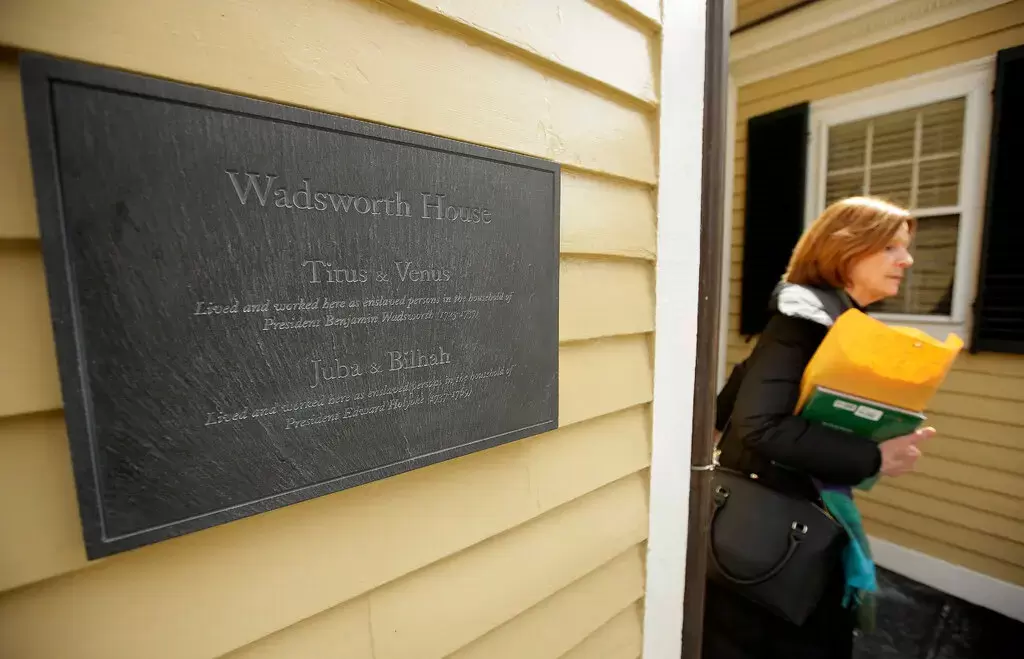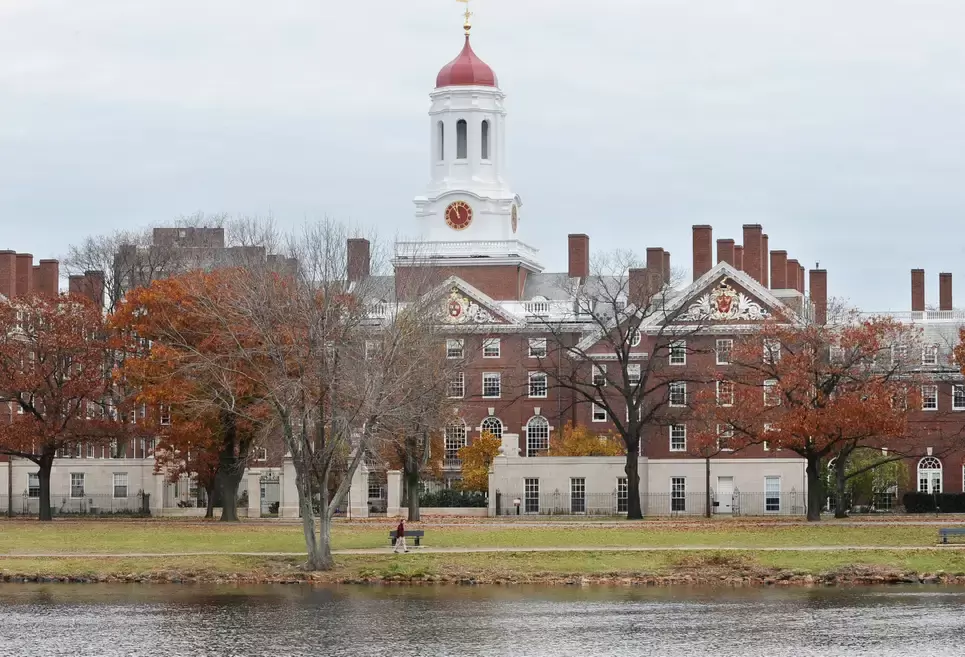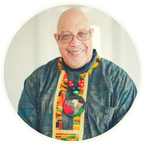 INCOMPLETE, DISHONEST, AND RACIST AMERICAN HISTORY REGURGITATED TO OUR BLACK STUDENTS DAILY BIRTHED BY AMERICA'S ORIGINAL SIN OF WHITE SUPREMACY. THIS IS JUST ANOTHER PART OF AMERICAN HISTORY THAT WHITE AMERICA CONSPIRED IN TO MAKE SURE BLACK AMERICA DID NOT KNOW. HARVARD IS NOT ISOLATED. EVERY IVY LEAGUE COLLEGE OWNED BLACK ENSLAVED PERSONS AND USED THEM TO BUILD THEIR BUILDINGS AND THEIR INFRASTRUCTURE, AMONG MANY OTHER "THINGS." AND WHILE WE ARE AT IT, EVERY WHITE RELIGIOUS DENOMINATION, WHEN THIS CHRISTIAN COUNTRY WAS FOUNDED AND AFTERWARDS, OWNED ENSLAVED PERSONS. HARVARD UNIVERSITY, the country’s richest, most prestigious university has set up a $100 million fund as an attempt to make amends for its own role in American slavery. Officials at Harvard University, which has produced eight U.S. presidents and has an endowment worth $53.2 billion, announced the fund yesterday along with a 134-page report detailing the institution’s ties to the trafficking and enslavement of Africans on its campus and elsewhere. The announcement was the culmination of the work of a committee commissioned by the institution’s president and it acknowledges ugly truths about how Harvard, like so many other American institutions, rose to prominence on forced Black labor. A few key findings from the report’s summary: SLAVERY—of Indigenous and of African people—was an integral part of life in Massachusetts and at Harvard during the colonial era. Between the University’s founding in 1636 and the end of slavery in the Commonwealth in 1783, Harvard faculty, staff, and leaders enslaved more than 70 individuals. Some of the enslaved worked and lived on campus, where they cared for Harvard presidents and professors and fed generations of Harvard students. Through connections to multiple donors, the University had extensive financial ties to and profited from, slavery during the 17th, 18th, and 19th centuries. In one column are the names of more than 70 enslaved people at Harvard: Venus, Juba, Cesar, Cicely. They are only first names, or sometimes no name at all — “the Moor” or “a little boy” — of people and stories that have been all but forgotten. In another column are the names of the ministers and presidents and donors of Harvard who enslaved them in the 17th and 18th centuries: Increase Mather, Gov. John Winthrop, William Brattle. These full names are so powerful and revered they still adorn buildings today. The contrasting lists are arguably the most poignant part of a 134-page report on Harvard University’s four centuries of ties to slavery and its legacy. The report by a committee of Harvard faculty members, released on Tuesday, is Harvard’s effort to begin redressing the wrongs of the past, as some other universities have been doing for decades. As part of the process, the university’s governing corporation has pledged $100 million in part to create an endowed “Legacy of Slavery Fund” that would allow scholars and students to bring Harvard’s connections to slavery into the light for generations to come. Experts said the amount of money Harvard was committing for such a project was rare, if not unprecedented for an educational institution. It rivals the $100 million pledged by leaders of the Jesuit Conference of priests for racial reconciliation and to benefit descendants of enslaved people at Georgetown University. The report calls for spending the money on a multitude of tracks: By tracing the modern-day descendants of enslaved people at Harvard. By building memorials and curricula to honor and expose the past. By creating exchange programs between students and faculty members at Harvard and those at historically Black colleges and universities, and by collaborating with tribal colleges. And by forging partnerships to improve schools in the American South and the West Indies, where plantation owners and Boston Brahmins made their intertwined fortunes on the backs of the enslaved. A plaque attached to Wadsworth House at Harvard honors four enslaved people who had been owned by and worked for university presidents. The recommendations are somewhat vague, purposely so, Harvard officials said, so that more care can be put into fulfilling them. Some descendants of the enslaved said talks had already begun to figure out how they could work together. Legacies of slavery persisted at Harvard, and throughout American society after the Constitution and laws officially proscribed human bondage. Such legacies, including racial segregation, exclusion, and discrimination, were a part of campus life well into the 20th century.
0 Comments
Leave a Reply. |
AuthorRodney. L. Hurst, Sr. Archives
June 2024
Categories |
RODNEY L. HURST, SR. - THE STRUGGLE CONTINUES!


 RSS Feed
RSS Feed
